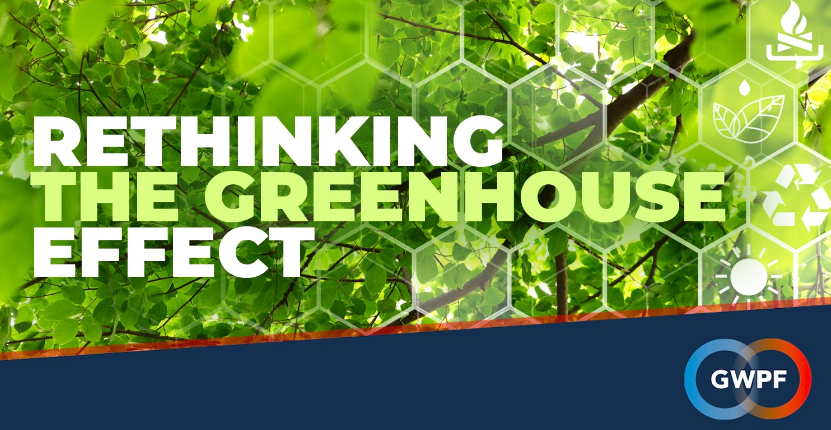by G. Wrightstone, Oct 28, 2021 in CO2Coalition
You have likely heard that 97% of scientists agree on human-driven climate change. You may also have heard that those who don’t buy into the climate-apocalypse mantra are science-deniers. The truth is that a whole lot more than 3% of scientists are skeptical of the party line on climate. A whole lot more.
The many scientists, engineers and energy experts that comprise the CO2 Coalition are often asked something along the lines of: “So you believe in climate change, then?” Our answer? “Yes, of course we do: it has been happening for hundreds of millions of years.” It is important to ask the right questions. The question is not, “Is climate change happening?” The real question of serious importance is, “Is climate change now driven primarily by human actions? That question should be followed up by “is our changing climate beneficial or harmful to ecosystems and humanity?”
There are some scientific truths that are quantifiable and easily proven, and with which, I am confident, at least 97% of scientists agree. Here are two:
-
Carbon dioxide concentration has been increasing in recent years.
-
Temperatures, as measured by thermometers and satellites, have been generally increasing in fits and starts for more than 150 years.
What is impossible to quantify is the actual percentage of warming that is attributable to increased anthropogenic (human-caused) CO2. There is no scientific evidence or method that can determine how much of the warming we’ve had since 1900 that was directly caused by us.
We know that temperature has varied greatly over the millennia. We also know that for virtually all of that time, global warming and cooling were driven entirely by natural forces, which did not cease to operate at the beginning of the 20th century.
The claim that most modern warming is attributable to human activities is scientifically insupportable. The truth is that we do not know. We need to be able to separate what we do know from that which is only conjecture.
What is the basis for the “97% consensus” notion? Is it true?
Hint: You can’t spell consensus without “con.”
If, indeed, 97% of all scientists truly believed that human activities were causing the moderate warming that we have seen in the last 150 years, it would be reasonable for one to consider this when determining what to believe. One would be wrong, however.
Science, unlike religion, is not a belief system. Scientists, just like anyone else, will say that they believe things (whether they believe them or not) for social convenience, political expediency or financial profit. For this and other good reasons, science is not founded upon the beliefs of scientists. It is a disciplined method of inquiry, by which scientists apply pre-existing theory to observation and measurement, so as to develop or to reject a theory, so that they can unravel as clearly and as certainly as possible the distinction between what the Greek philosopher Anaximander called “that which is and that which is not.”
…




